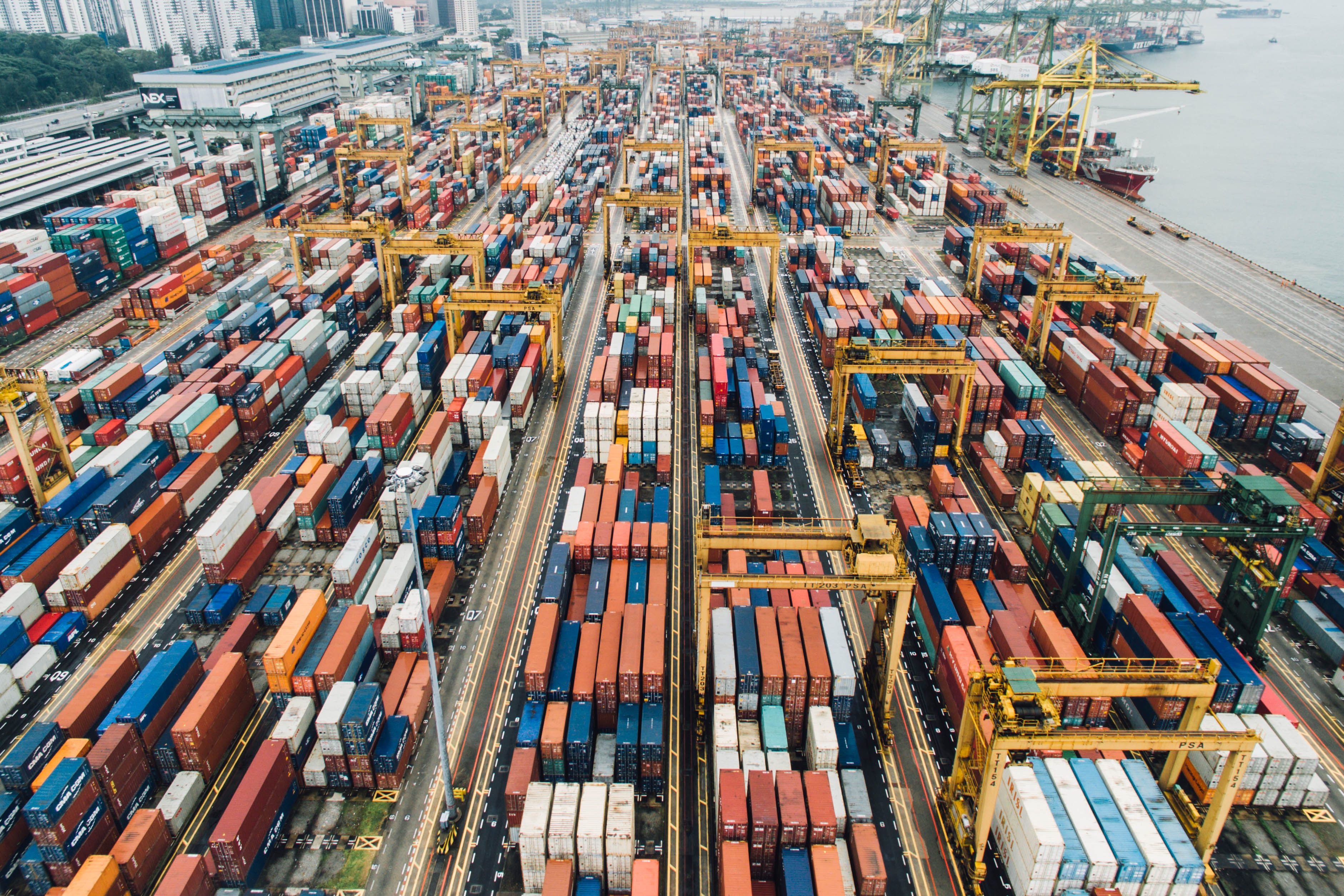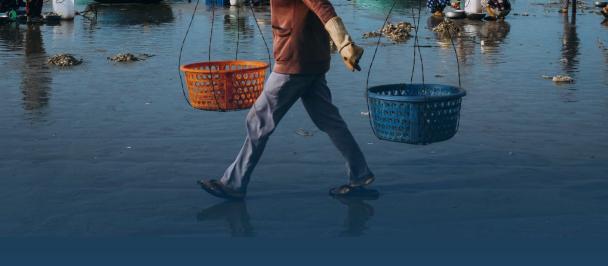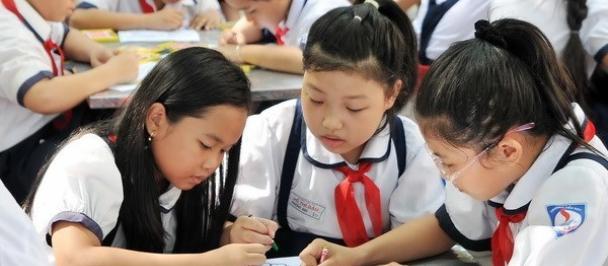Bright Economic Prospects but Risks are Multiplying
November 21, 2022

As published in Viet Nam Investment Review on 21 November, 2022
Flexible policies and a successful COVID-19 vaccination campaign have resulted in impressive progress in Viet Nam’s economic prospects this year. But the road ahead is paved with challenges. Risks to growth in the future, largely related to external factors, have multiplied.
In 2022, Viet Nam outperformed other countries in the region following a rebound in consumer spending, several quarters of robust export growth and the gradual return of international tourism. However, a global growth slowdown and heightened risks of financial instability could weigh on growth next year and in 2024.
These are some of the topics to be discussed at the Viet Nam Economic Pulse (VEP), an economic forum organized by the Ministry of Planning and Investment and the United Nations Development Programme. The next meeting of the VEP to be held on Tuesday, November 22, will address the post-COVID economic recovery and policies to sustain growth and development for the coming year.
VEP was launched in 2021 by the National Centre for Information and Forecasting of MPI and UNDP to create a new forum for informal discussion of economic issues in Viet Nam, encompassing perspectives from business and academia alongside government and development partners. Each session includes an analysis of recent economic developments, contributions from experts on emerging concerns and an open discussion of the major economic issues of the day. In October, the International Monetary Fund raised its 2022 growth forecast for Viet Nam by a full percentage point from the forecast published in April. . The IMF now expects growth to reach 7% this year, and 6.7% in 2023. In no other country in the region have prospects improved as quickly as Viet Nam. Although higher energy prices have fed into domestic price rises, inflation is still below the Government’s target, thanks to stable prices for food and other essentials.
Evidence of a strong recovery is welcome news after two years of economic disruption caused by the COVID-19 pandemic. Vietnamese households will enter the Year of the Cat in 2023 in better financial shape than a year ago.
Near-term risks are largely external, including the effects of the war in Ukraine on energy, fertilizer and food prices, the economic slowdown in China, rising interest rates and the fiscal austerity policies in high-income countries. A deep recession in Europe and the United States would weigh on Viet Nam’s exports and could reduce the volume of inward foreign investment. There is some evidence that export demand is already softening, with reports of factories moving to a four-day week or suspending new hiring until the situation improves.
Rising interest rates in the US have strengthened the value of the dollar against most currencies, including the Viet Nam dong. Because Viet Nam’s exports depend on imported raw materials and other inputs, a weaker VND does not make most exports more competitive. A stronger dollar and higher interest rates will adversely affect Vietnamese companies that borrowed money overseas when interest rates were low, especially companies that earn most of their revenues in Viet Nam dong.
As global interest rates rise, companies and sectors that rely on cheap credit will come under stress. We have already seen bankruptcies in the cryptocurrency market, and property price bubbles are unwinding in some countries, including the United States, Canada, the Scandinavian countries, China and Australia. Financial instability could follow if property developers and homeowners default on their loans in large numbers.
In Viet Nam, falling demand for residential property has already sent ripples through the corporate bond market, with negative spillover effects in the banking sector. Prompt action by the State Bank of Viet Nam stabilized the situation, but the experience was a timely reminder that Viet Nam’s capital markets will remain a risky gamble for investors until the quality of financial reporting improves.
Viet Nam needs dynamic capital markets to support the country’s growth ambitions and to finance the transition from fossil fuels to renewable production systems in the energy, construction, manufacturing and agricultural sectors. Yet the development of these markets is held back by a lack of transparency among banks, borrowers and underwriters.
Cross-ownership and connected lending in the banking sector is still widespread despite the government’s efforts to stamp out these practices after the Global Financial Crisis in 2008. Full information on bank ownership and the financial situation of the banks and their owners is essential to build confidence in the sector.
Property developers have also been found to overstate profits, conceal losses and inflate the value of assets. Questionable accounting practices and incomplete reporting complicate efforts of the authorities to distinguish viable from insolvent projects, which has a chilling effect on the wider financial system.
Compounding the problem is confusion and lack of clarity surrounding land ownership, use rights and development permits. Because the value of land as collateral is closely tied to its legal status, lack of transparency in the land market increases the risk of financial instability.
Viet Nam’s growth prospects hinge crucially on the development of deep, liquid and well-regulated domestic markets for bank credit, bonds and equities. Businesses need access to long-term, domestic financing to upgrade capacity and technologies and to develop new products and services for local and export markets. Foreign capital can be a useful supplement to domestic financing but as realistically the burden of mobilizing capital for investment will largely fall on Vietnamese institutions. Closing gaps in corporate governance and reporting is an essential precondition for the growth of capital markets and Viet Nam’s prospects for sustainable, equitable development.

 Locations
Locations



